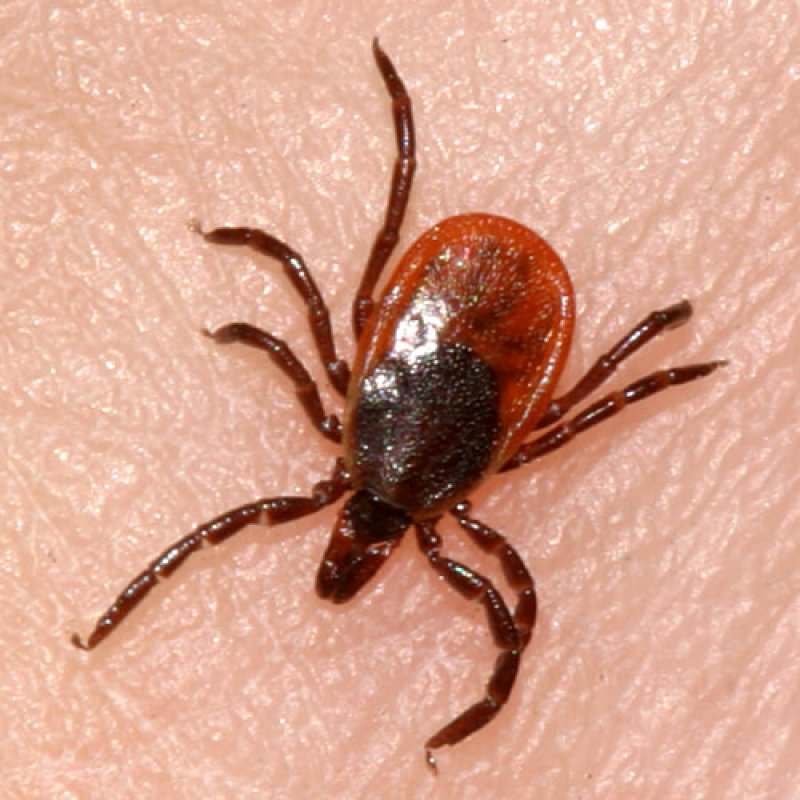The GLP aggregated and excerpted this blog/article to reflect the diversity of news, opinion and analysis.
Nantucket boasts some of the highest Lyme infection rates in the country, and a new plan would involve modifying the genes of tens of thousands of mice to keep them from spreading the Lyme bacterium to ticks, which in turn infect people.
Any release is years away, but an MIT professor presented the idea to the Nantucket board of health and an audience of about 20 residents and scientists, who were broadly favorable.
If the project is realized, it might be the first release into the wild of animals modified with the cutting-edge gene-editing technique CRISPR. Other types of gene editing have been used, for instance, to make farmed salmon grow faster and to make disease-carrying mosquitoes unable to reproduce.
“This is something new,” said Kevin Esvelt, assistant professor at the MIT Media Lab and the project’s organizer. “We are considering deliberate alteration of the local environment.”
Read full, original post: To halt the spread of Lyme, Nantucket residents consider genetically engineered mice
































